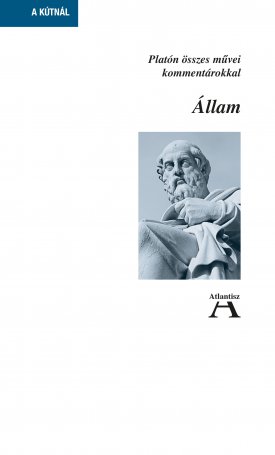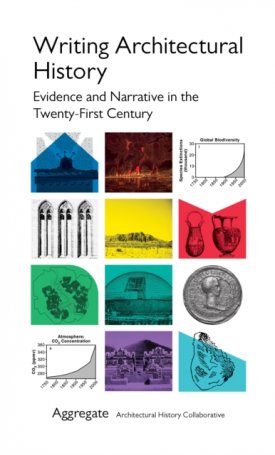A Philosopher Looks at Architecture
ISBN: 9781108820424
Language: english
Size: 130*197
Weight: 278 g
Page no.: 208
Publish year: 2021
A Philosopher Looks at Architecture
ISBN: 9781108820424
Language: english
Size: 130*197
Weight: 278 g
Page no.: 208
Publish year: 2021
What should our buildings look like? Or is their usability more important than their appearance? Paul Guyer argues that the fundamental goals of architecture first identified by the Roman architect Marcus Pollio Vitruvius - good construction, functionality, and aesthetic appeal - have remained valid despite constant changes in human activities, building materials and technologies, as well as in artistic styles and cultures. Guyer discusses philosophers and architects throughout history, including Alberti, Kant, Ruskin, Wright, and Loos, and surveys the ways in which their ideas are brought to life in buildings across the world. He also considers the works and words of contemporary architects including Annabelle Selldorf, Herzog and de Meuron, and Steven Holl, and shows that - despite changing times and fashions - good architecture continues to be something worth striving for. This new series offers short and personal perspectives by expert thinkers on topics that we all encounter in our everyday lives.
Provides an overview of the history, nature and goals of architecture
Illustrates abstract philosophical and architectural ideas with many examples of buildings across the world
Broad and interdisciplinary in scope, with an accessible style and no technical jargon
Table of Contents
Introduction
1. Good Construction, Functionality, and Aesthetic Appeal: From Vitruvius to the Eighteenth Century
2. The Meaning of Beauty: From Kant to Semper
3. Multiplicity of Meaning in Twentieth-Century Theories
4. Words and Works: Modern Architecture and Traditional Values
5. Looking Forward.
Paul Guyer, Brown University, Rhode Island
Paul Guyer is Jonathan Nelson Professor of Humanities and Philosophy at Brown University. He is the author of numerous books on Kant and aesthetics, including Knowledge, Reason, and Taste: Kant's Response to Hume (2008) and the three-volume A History of Modern Aesthetics (Cambridge, 2014).





















